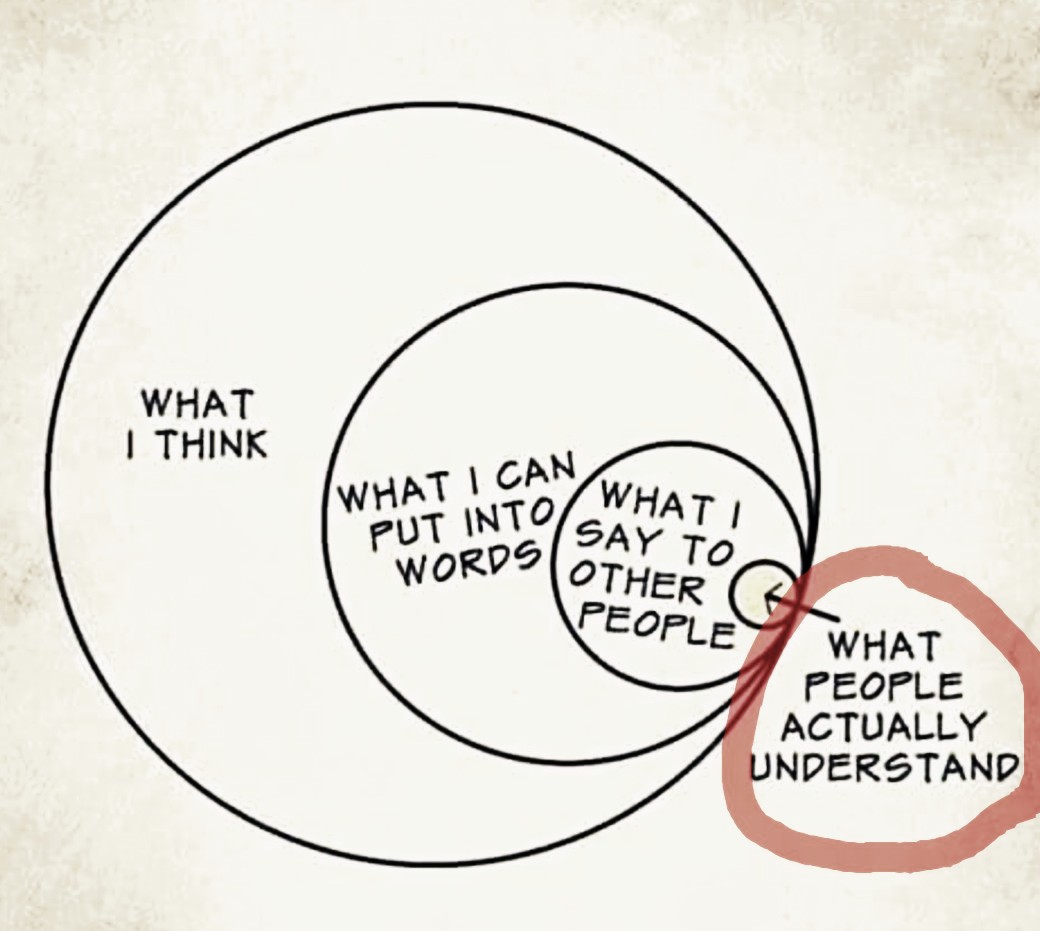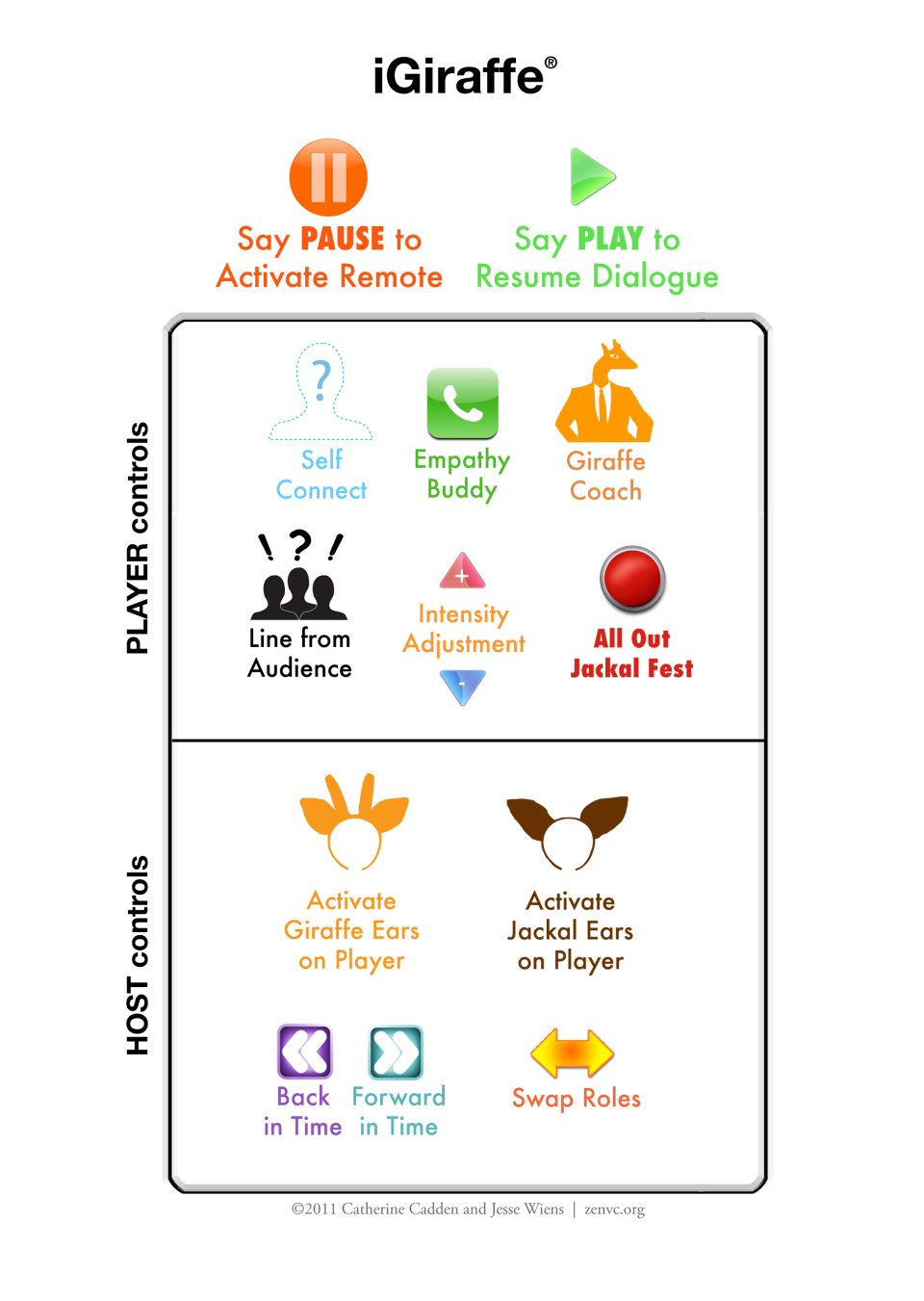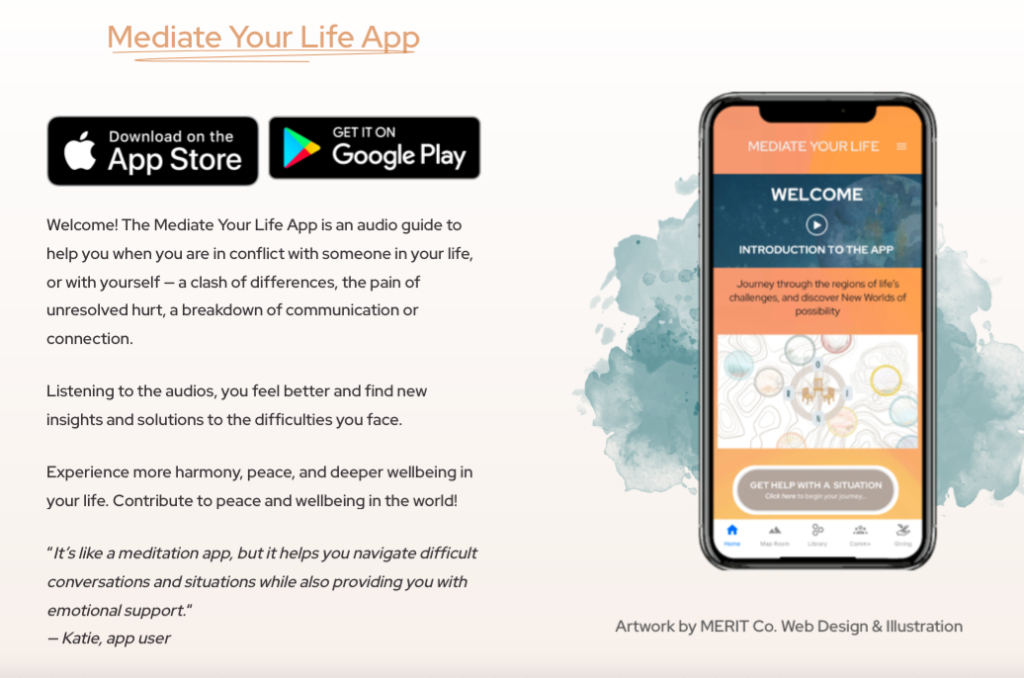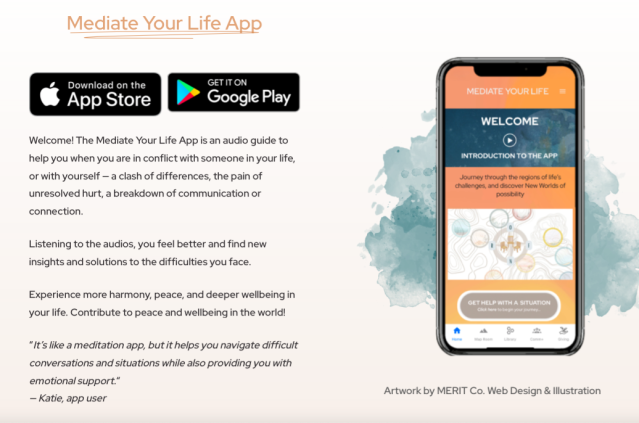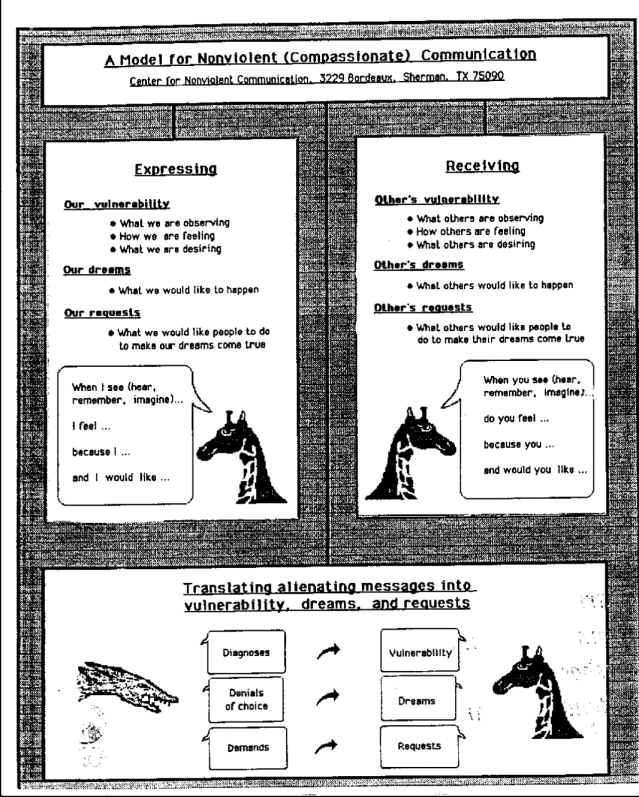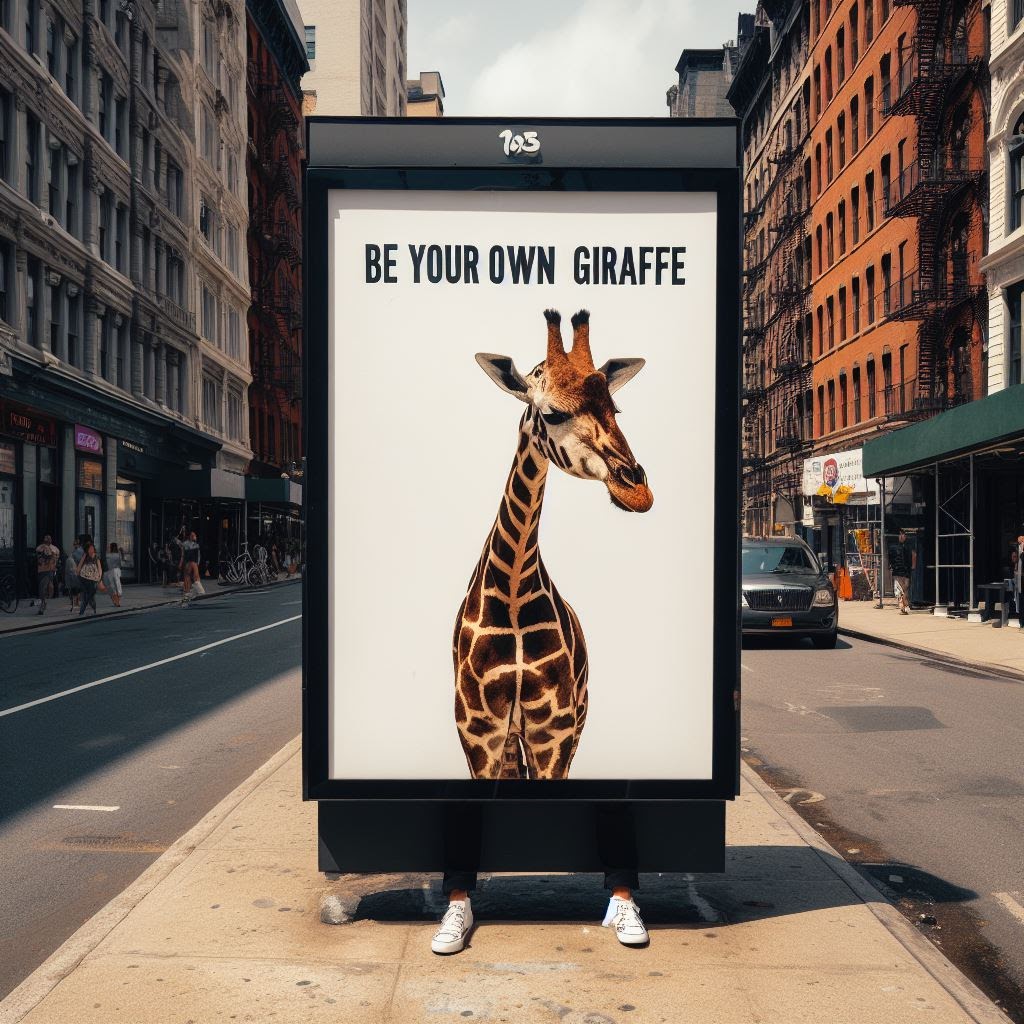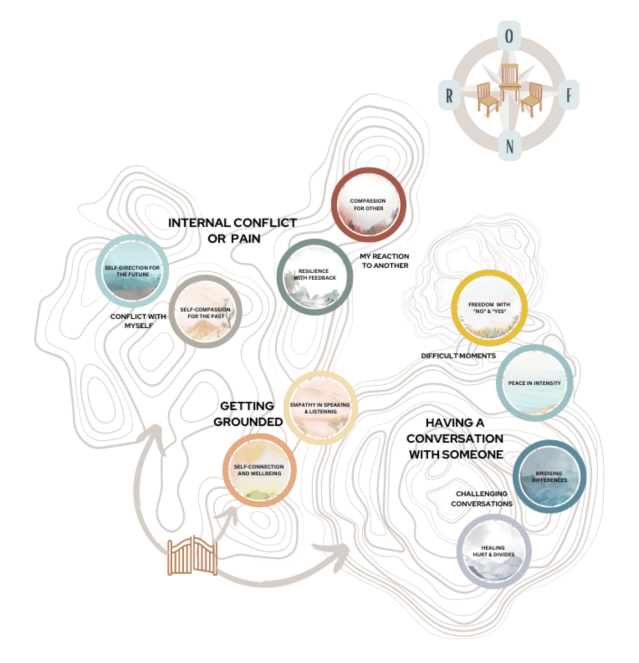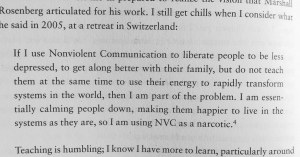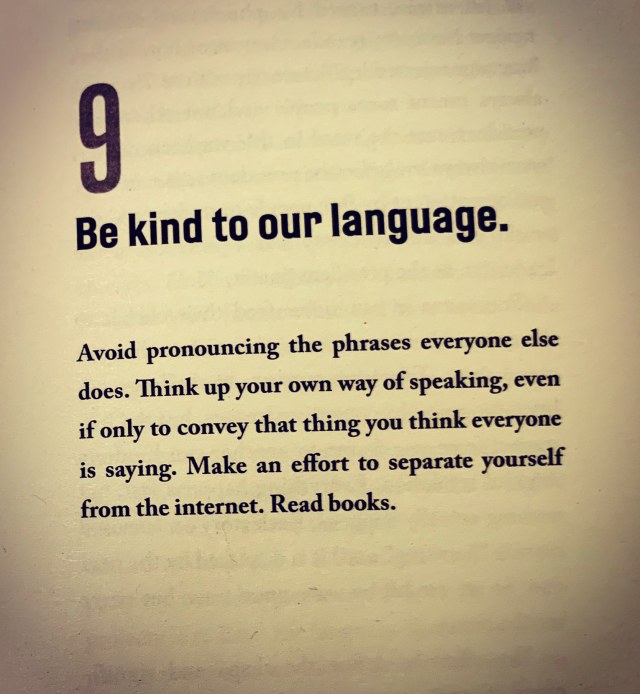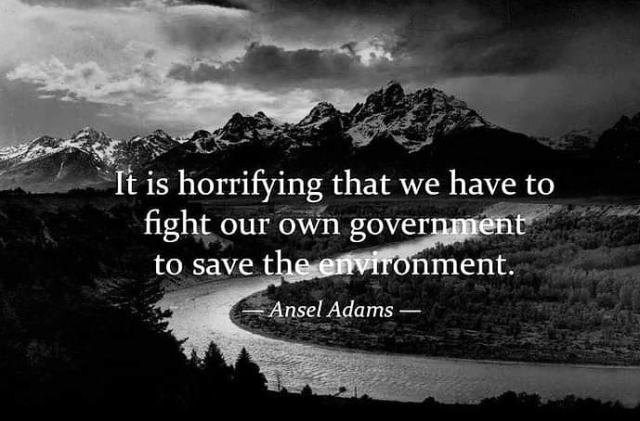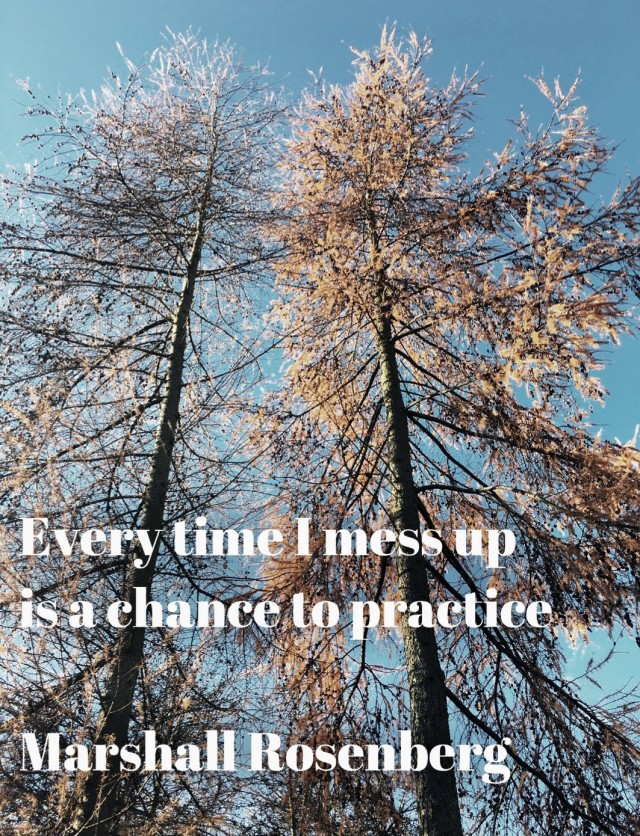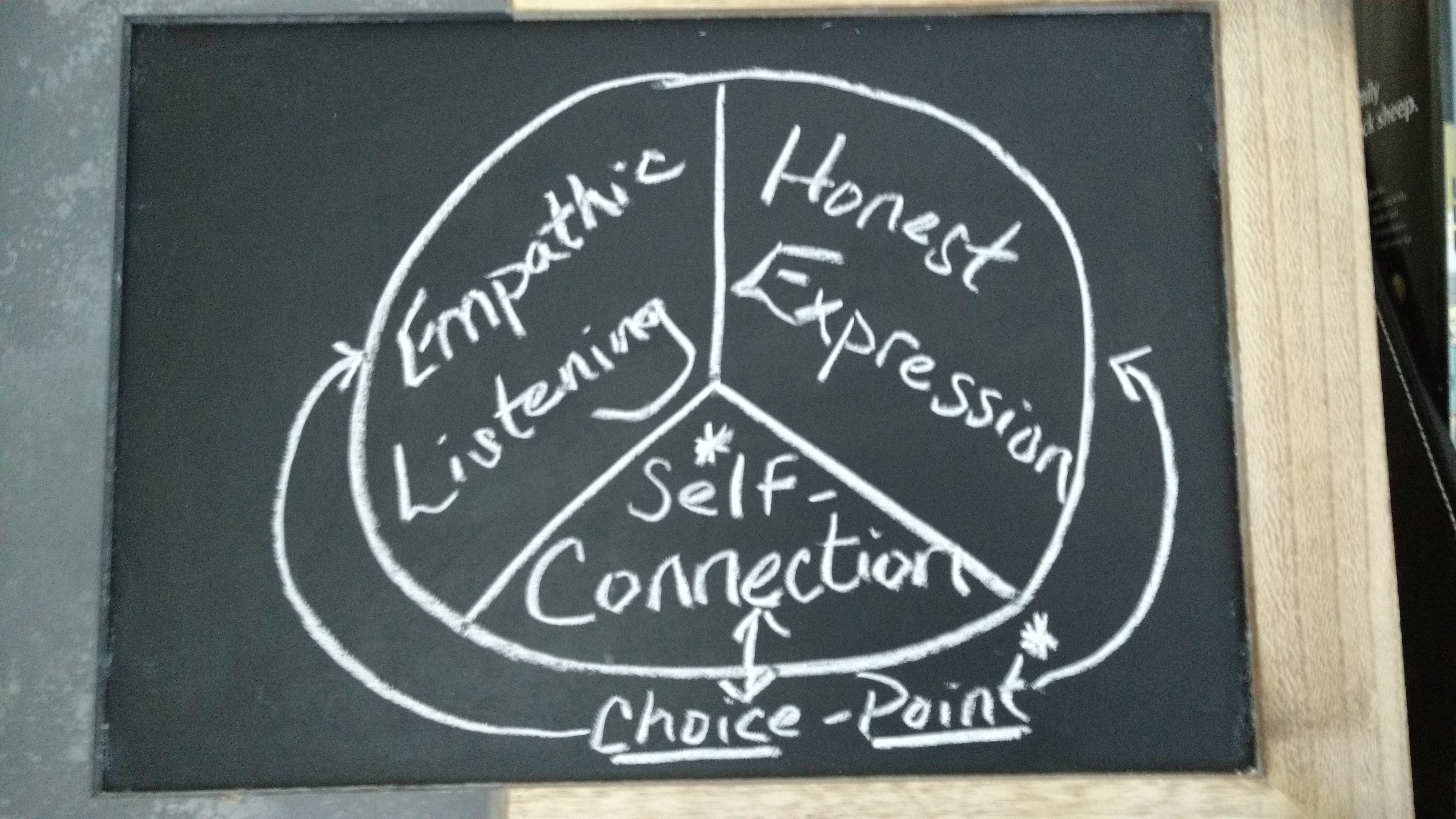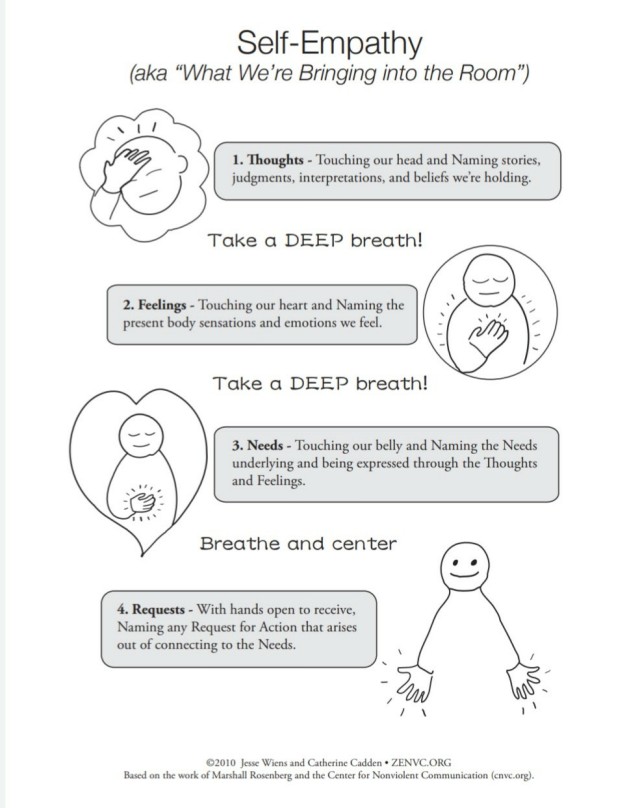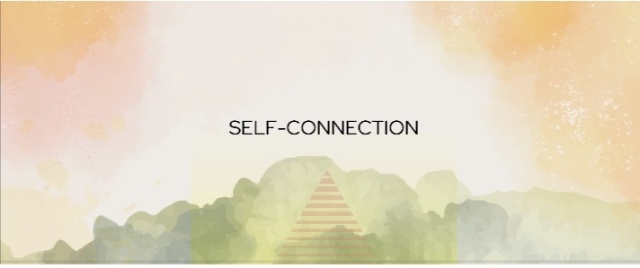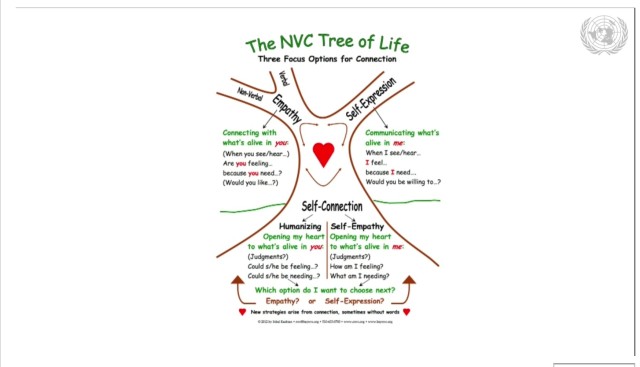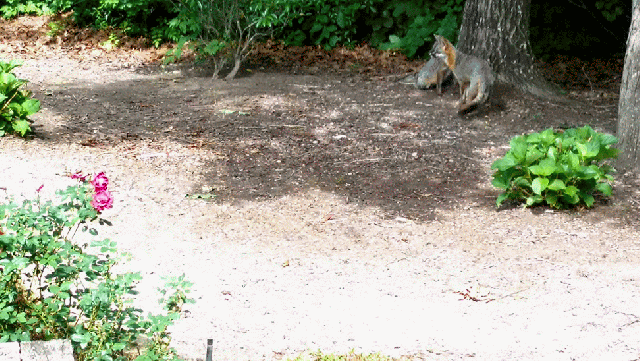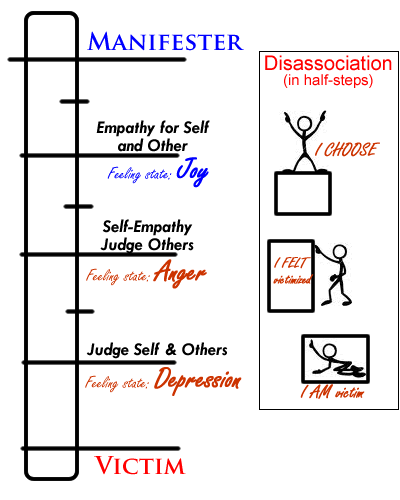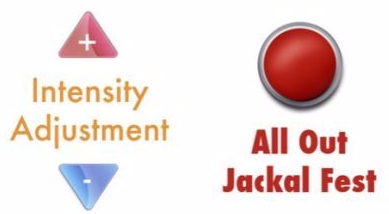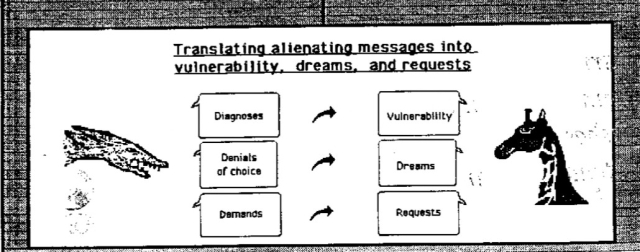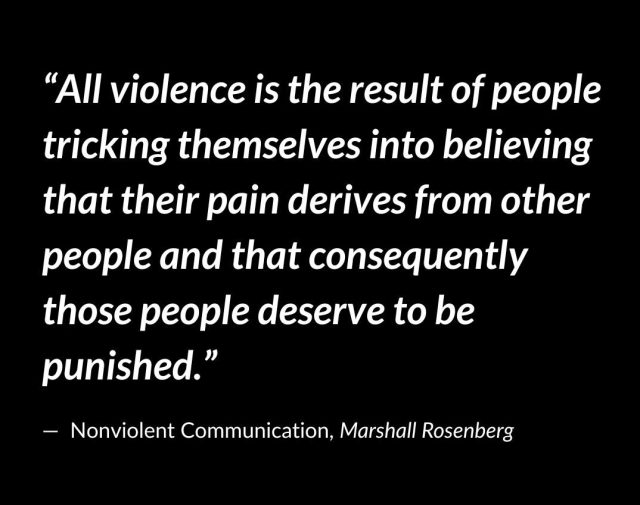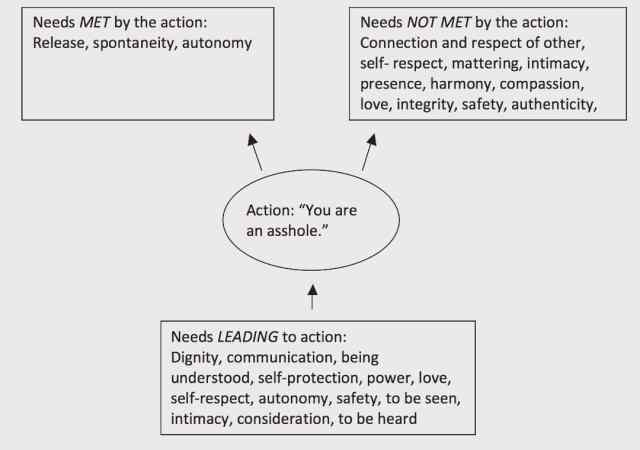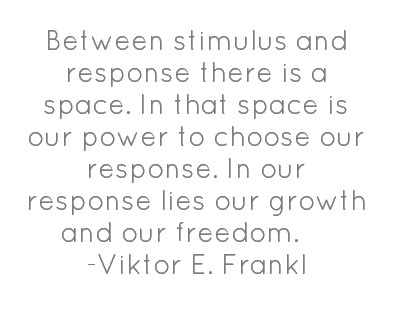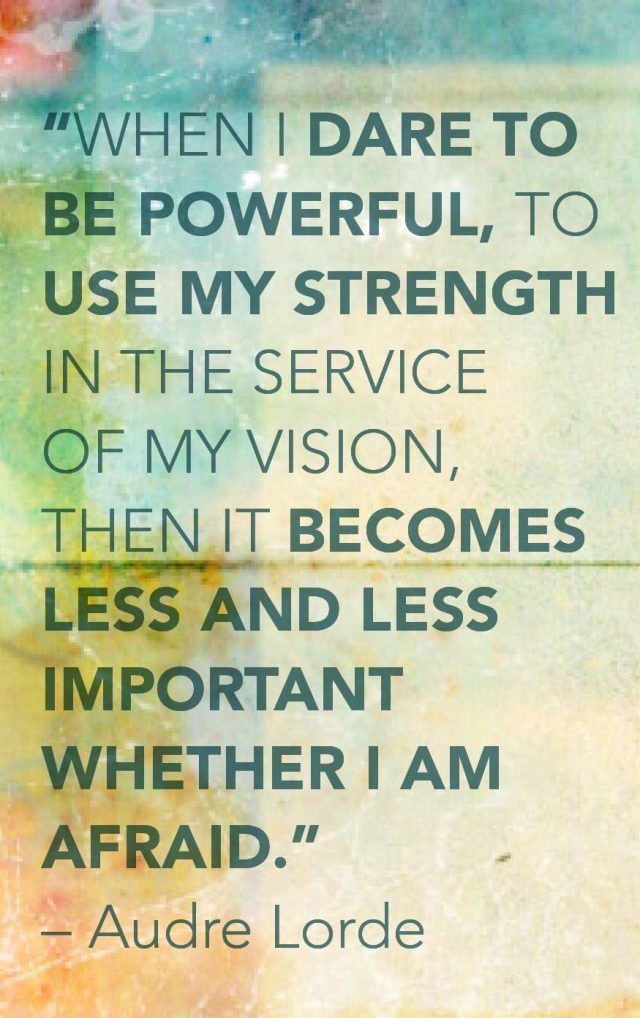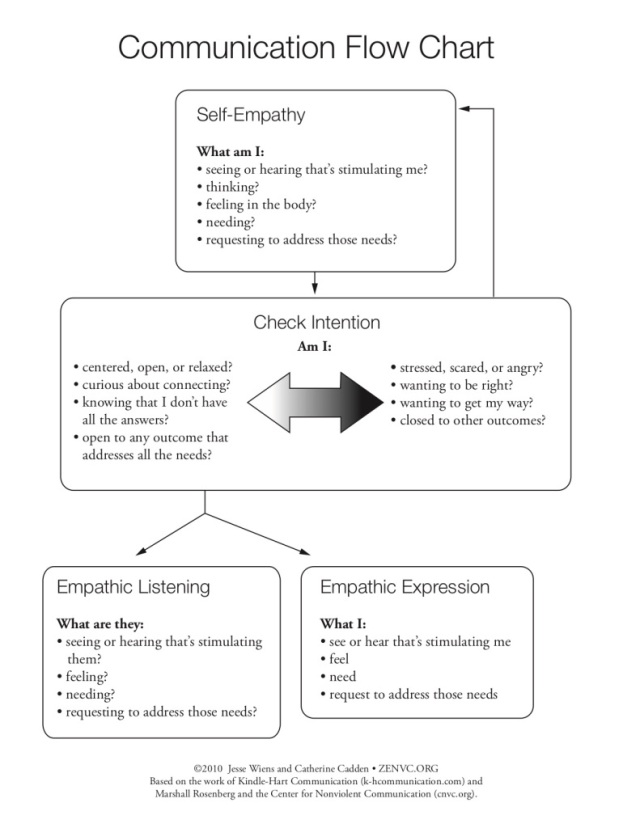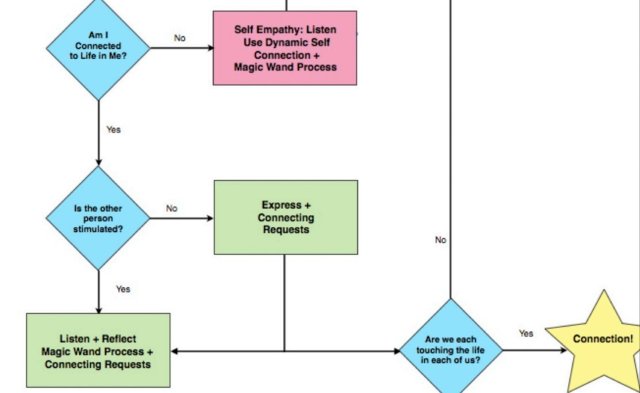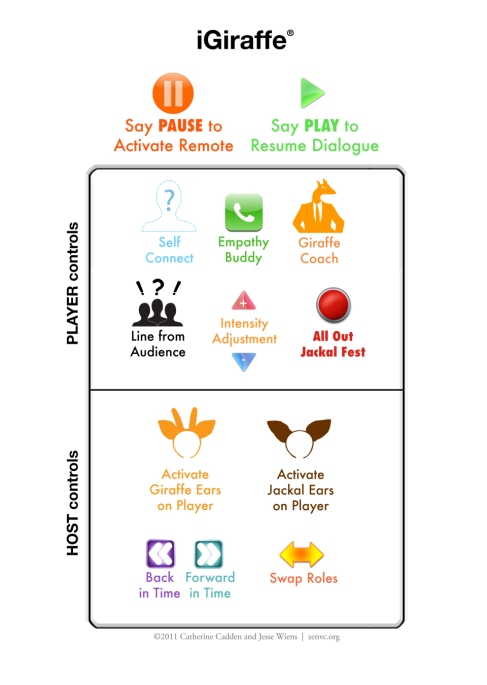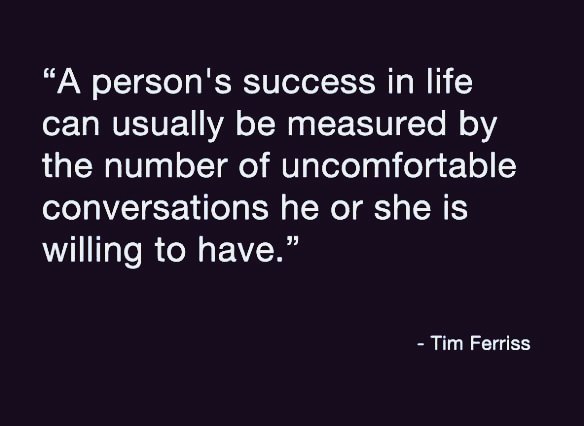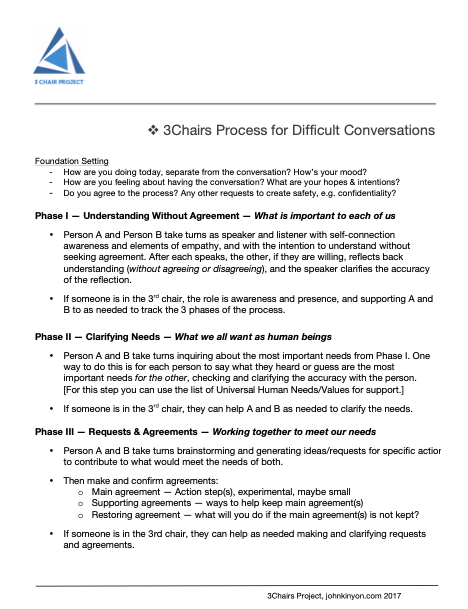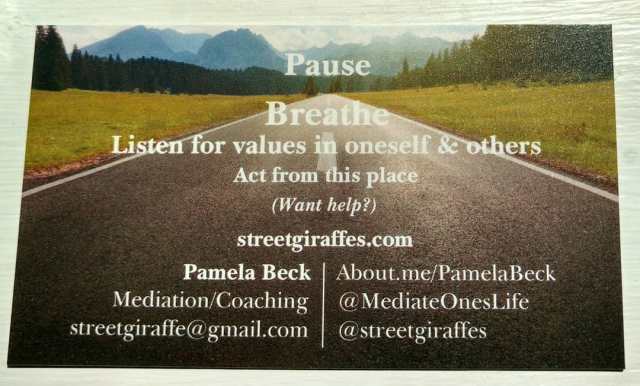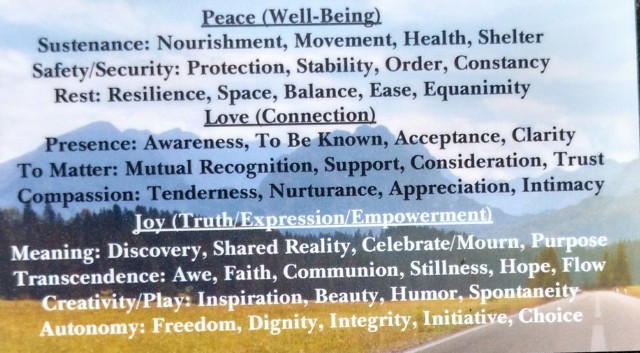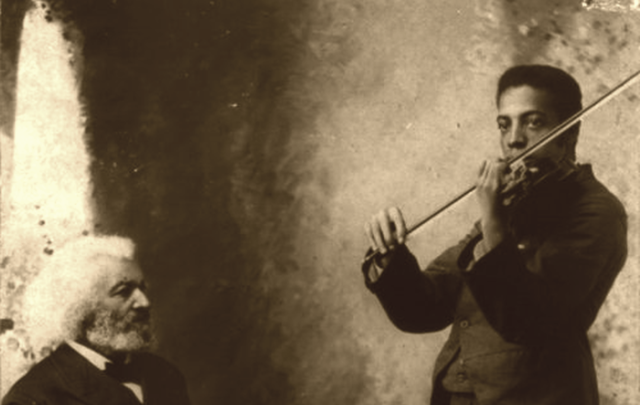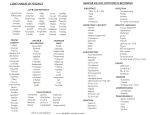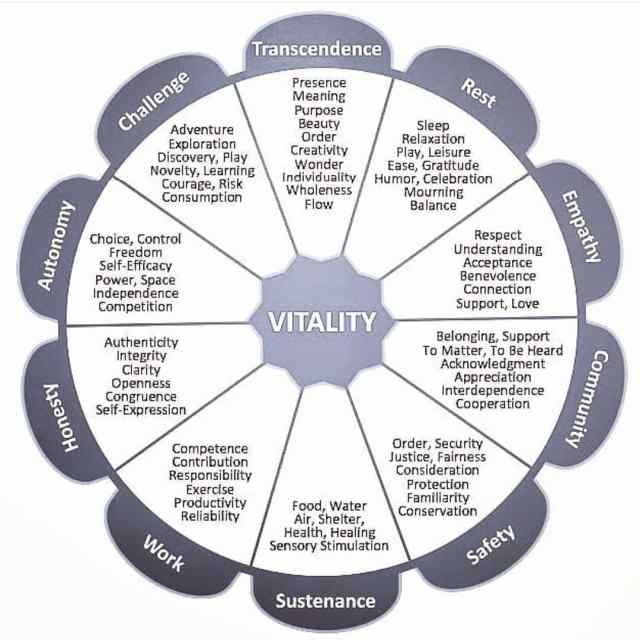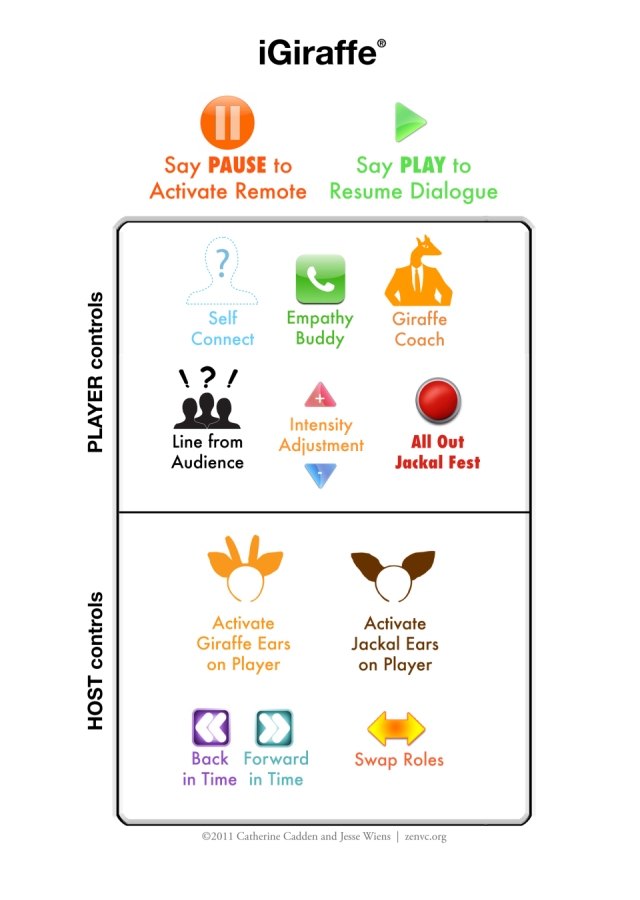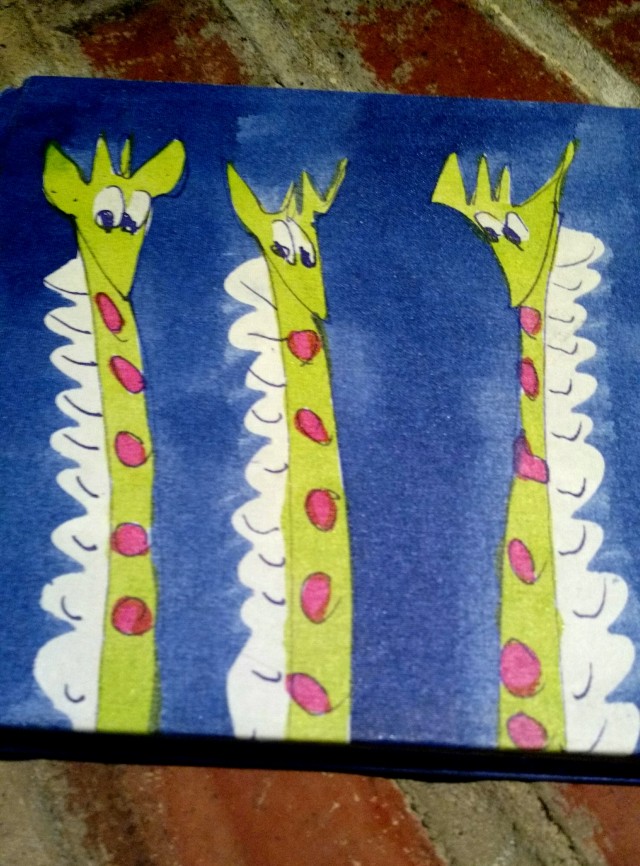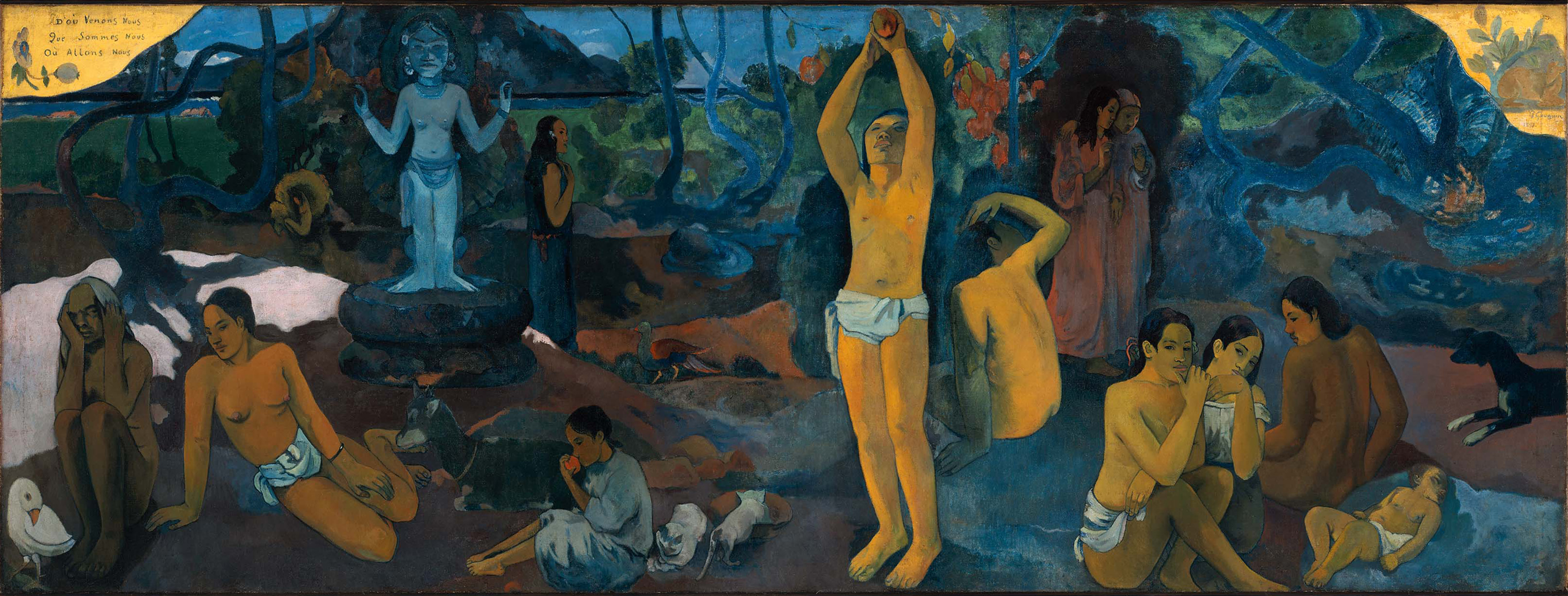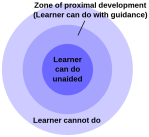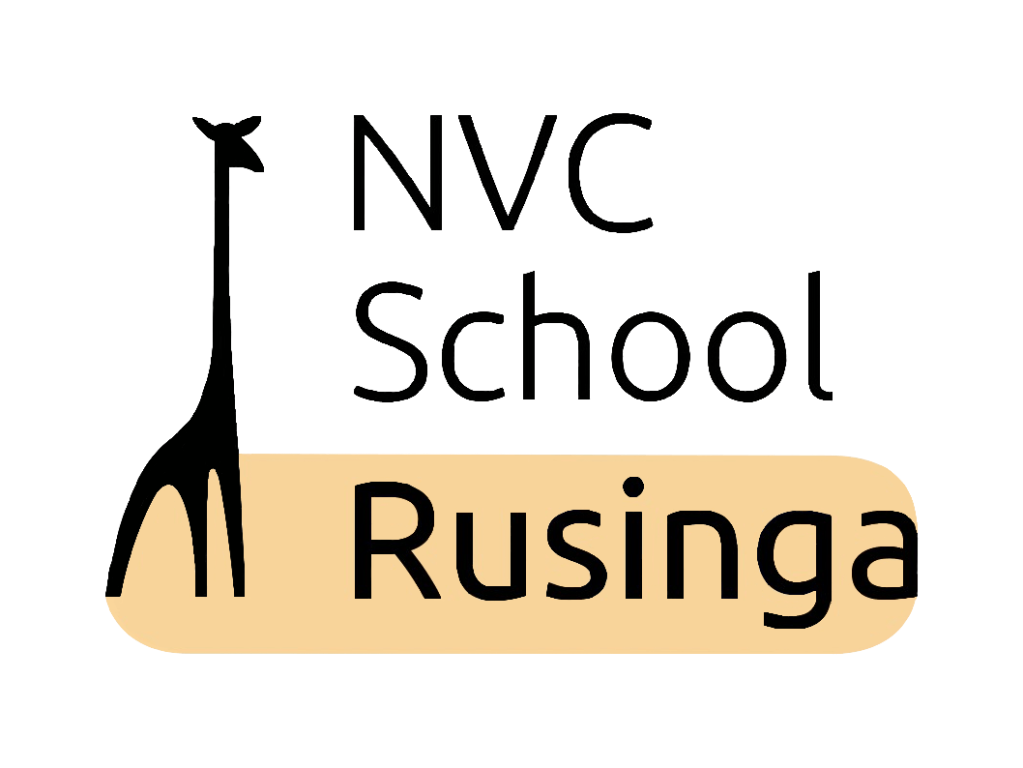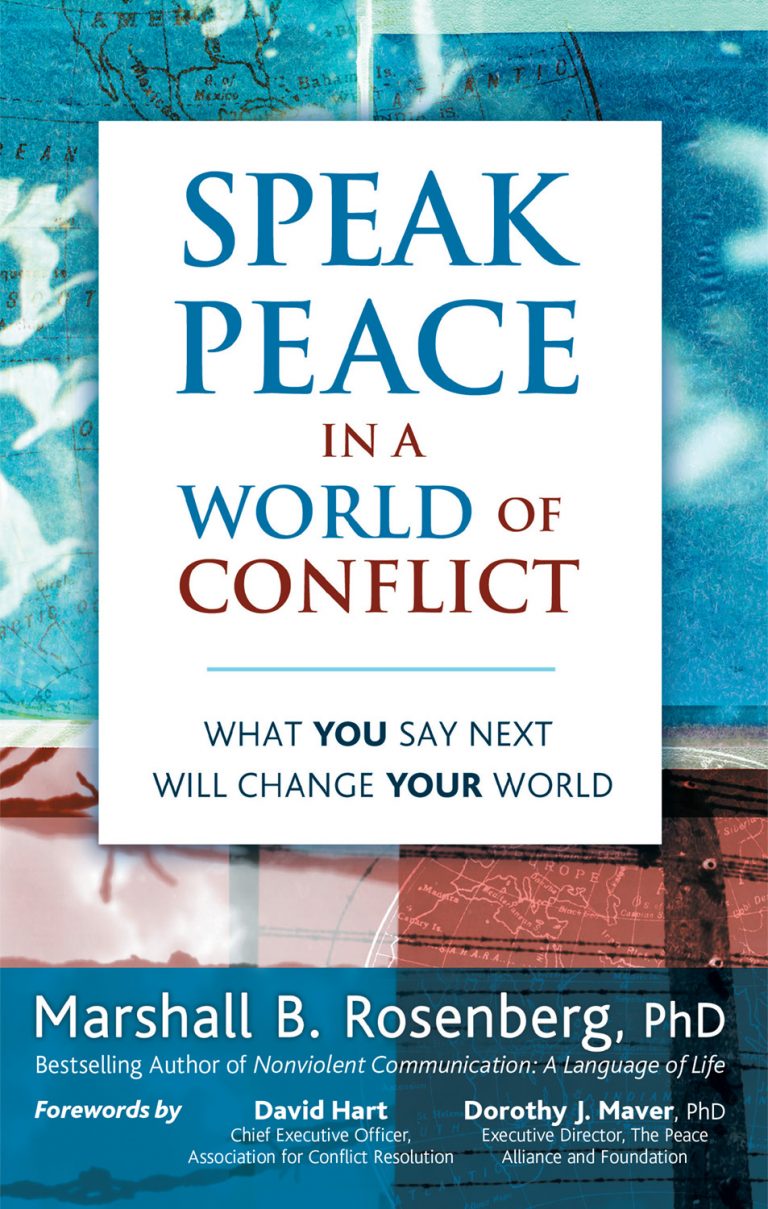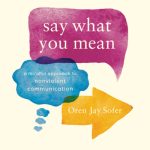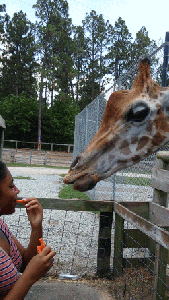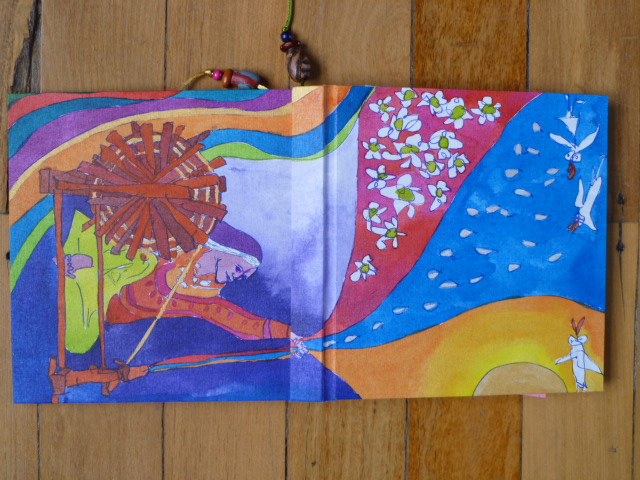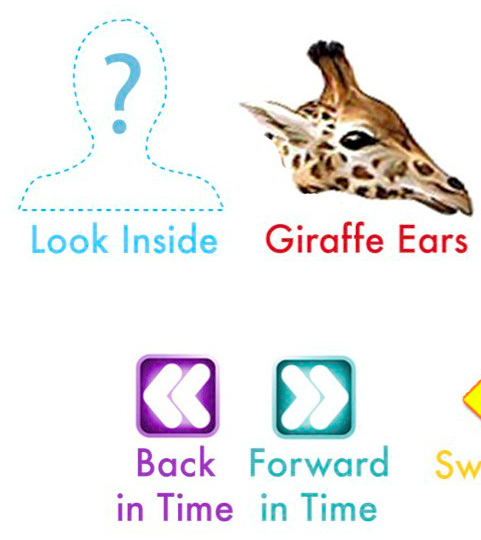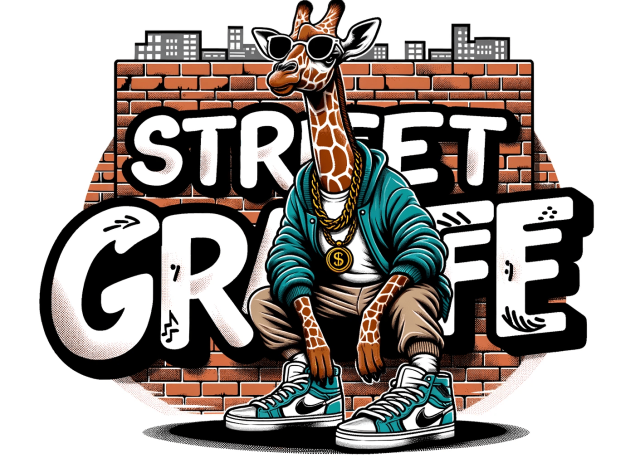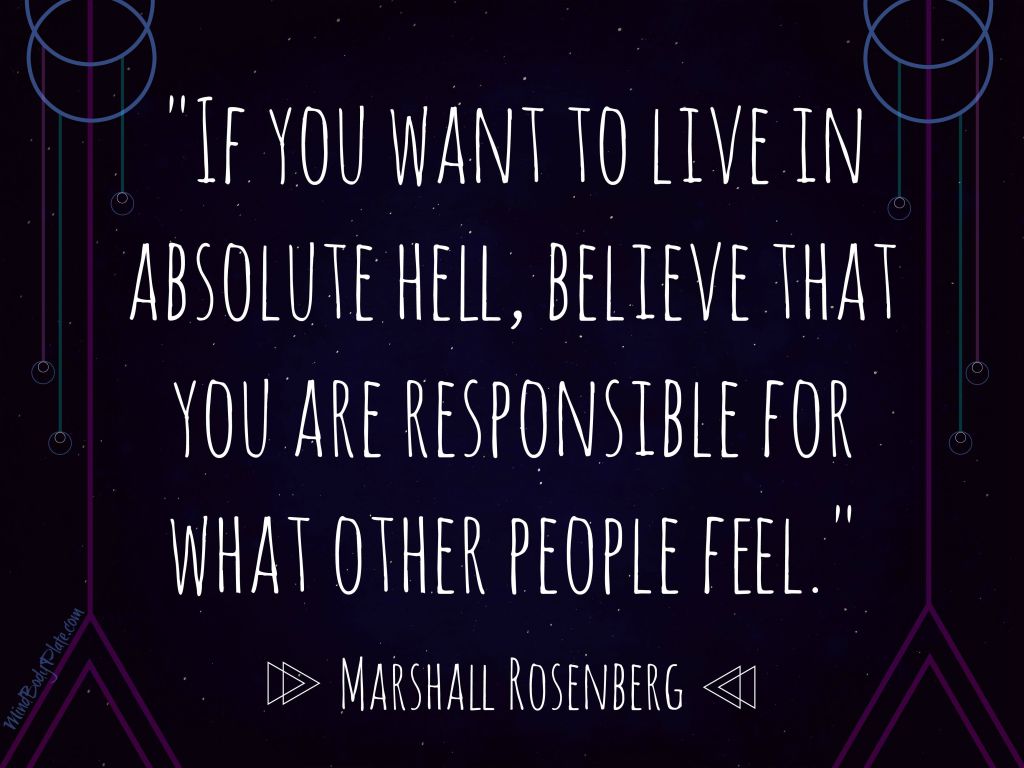
A giraffe at Giraffe Manor, Nairobi, Kenya
by Push the button
Sangha (formerly known as “street giraffe”) emphasizes mindful, communicative skill-building/experimentation. If you’re new to NVC, there is a beginner’s Facebook group overseen by Ray Taylor here (and other NVC resources can be found here & here as well).
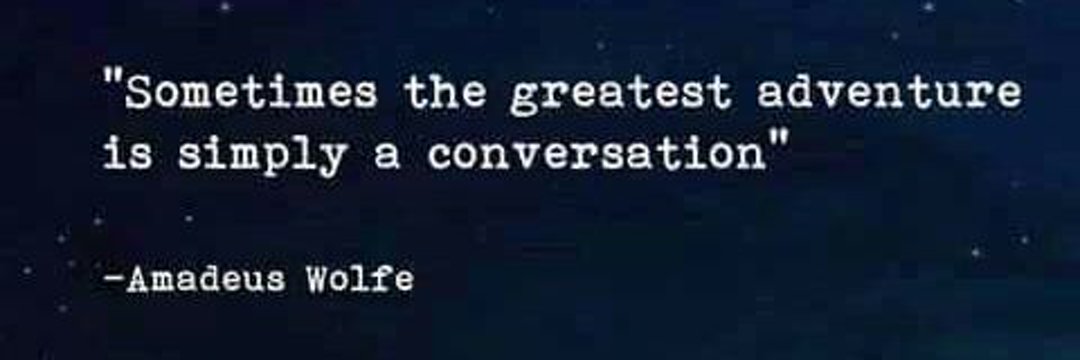
Street Giraffes is a free NVC telepractice group that gathers monthly on Sunday at 7 pm/ET until 8:30 pm/ET (4 pm/PT until 5:30 pm/PT).
Contact us at streetgiraffes@gmail.com or by utilizing our contact page and you’ll receive an email which will allow you to access this blog’s password protected meeting wall with all the relevant contact information as to how to join the call.
We’d suggest setting a revolving, monthly calendar reminder, however there is also a countdown clock on the home page which indicates when the next “street giraffes” sangha will take place.

Check streetgiraffes.com’s home page, especially its countdown clock in the upper right corner (see above), however often on mobile devices the right hand column, which includes the clock, disappears unless you opt for a fuller viewing mode.
Our street giraffes sangha most often gathers on the 2nd Sunday of the month at 7 pm/ET — a.k.a. 7 pm NYC (on the east coast of the U.S.) time or 6 pm/CT, 5 pm/MT & 4 pm/PT.
Re: Our tele-practice group’s meeting time/contact-information
- For newcomers, to possibly join our telepractice group — which gathers periodically on Sunday evenings @ 7 pm/ET (schedule-permitting, at least monthly and most often on the second Sunday — please double-check blog’s countdown ⏰ for upcoming call notifications/dates) and lasts for about an hour and a half — please contact Pamela at streetgiraffes@gmail.com here. You’ll receive both the password and meeting wall link which will have all the relevant contact information. Please note that our call can be accessed by phone (and there are a list of international dial-in numbers that may be local to your own country) and it can also be accessed by the internet. It’s worth mentioning that there is an excellent customer service number or email contact address that can be found once you’ve accessed the meeting wall, by which you can request help from the provider as to how to best access our telepractice or maneuver any technical concerns or hurdles. (When/if you do reach out by email, if you could offer a bit as to your background, as an NVC practitioner, that would be greatly appreciated. This helps me to gauge what the varied skill levels may be on any given call, which will support my role as a facilitator. Thank you very much.)
- For veterans, you may access our [password protected] conference call line’s meeting wall here. There you can either join by phone (dial-in # & pin) or internet. (All relevant contact information — including technical assistance to access via VoIP, etc. — will hopefully be conveyed via this meeting wall.)
For ease of access, I’ve also place links to the meeting wall on this blog’s home page:
FYI – Relevant contact information can also be accessed from the home page — see green arrow encircling how above — once you have the password. There is a link embedded by way of either the “Join Street Giraffes” link (at the center of the page above) and/or the wooden toolkit (on the right hand column of the page).
After you click on the link, you’ll be routed to the password protected page on this blog — streetgiraffes.com/meeting-wall — where once you’ve entered the password, you’ll receive the relevant steps as to how to proceed from there:


“We don’t rise to the level of our expectations, we fall to the level of our training.”
― Archilochos
An alternate resources/podcast that I would highly recommend:
Dr. Yvette Erasmus — Conversations from the Heart — Q&A sessions &/or podcast
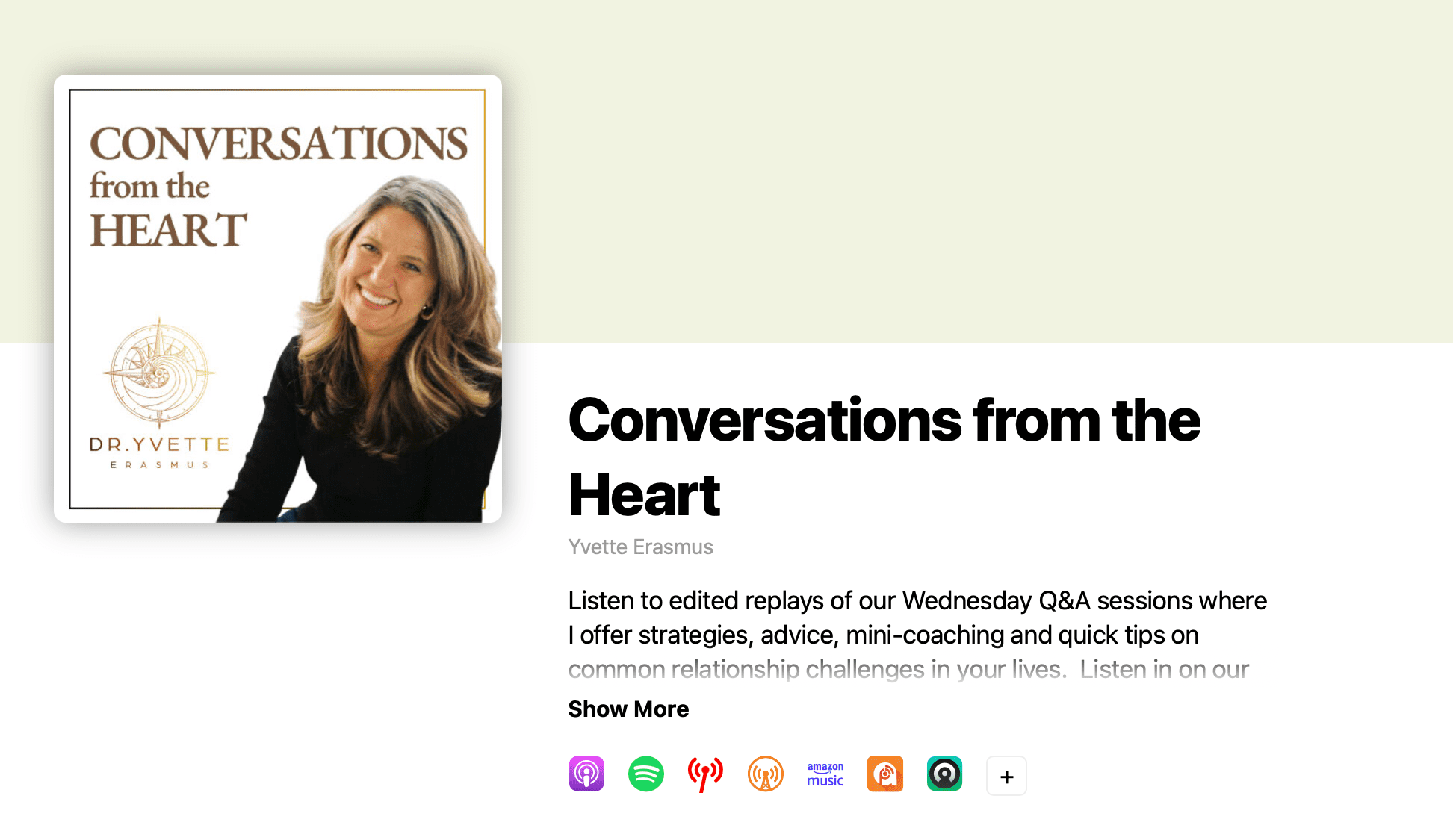

This call focuses on dialogic skill-building — hence ‘street giraffe’ (its original name, see About page for more as to our sangha’s history/trajectory) — in addition to other mindful communication practices.

John Kinyon‘s MediateYourLifeApp.com
The Mediate Your Life app is free and available to everyone who wants it.


It grew out of a “naturalizing NVC” course, thus from its inception its emphasis has been on the skill of honest self-expression, and continues to be a laboratory for experimentation in this regard.


While cultivating empathic presence (e.g. listening, reflecting, offering empathy guesses) is necessary to this end, of cultivating communicative skillfulness, prioritizing empathy exclusively seems insufficient towards building the requisite ‘muscle memory of the tongue’, so to speak (at least that which differs qualitatively in kind from our more ingrained, habituated tendencies).

In other words, just to offer a bit of a heads up, the format of this call may not necessarily be resonant with everyone’s ideal of an NVC practice group (i.e. more traditional empathy-circle preferences).
For the foreseeable future, we’ll be working with skill-building exercises from John Kinyon‘s Mediate Your Life maps:
Across the Aisle Conversations (free)
Reconciliation & Healing Conversations (free)
Mediate Your Life – an online retreat
Online Weekly Mediate Your Life Course
(opportunity to join each month)
We may utilize, from time to time, Pathways to Liberation‘s Self-Assessment Matrix:


Another preparatory “dialogue as a mindfulness practice” &/or resource, Oren Jay Sofer’s book, Say What You Mean: A Mindful Approach to Nonviolent Communication.
(While it is not at all necessary to familiarize yourself with what is beneath, here are some of the types of things that we’ll be working with on the call, for anyone especially curious.)
Via Oren Jay Sofer: orenjaysofer.com
“Say What You Mean: A Mindful Approach to Nonviolent Communication” (focusing on the idea of ‘choice-points’ — in particular — over time: see streetgiraffes.com/choice-points).

Choose one, or more, of the following tools to experiment with in subtle, unnoticeable ways in daily conversations. Consider yourself a field scientist, studying the effect on your experience of putting your attention in different places:
Chapter 1 & 2:
Sensing the Body, p. 27
Reflection on Presence, p. 27
Orienting, p. 30
Daily practices:
Grounding in the Body, p. 33-34
Beginning/ending the day, p. 35-36
Practice paying attention to choice-points, p. 44
Practice pausing, p. 45
Practice modulating your pace, p. 48
Exploring relational awareness, p. 52
Extra credit: Consider reflecting on a choice-point or two to work with (or any other NVC skill/practice that might have come in handy in a pinch).
“Unconscious patterns of communication create separation not only in our personal lives, they also perpetuate patterns of misunderstanding and violence that pervade our world. With clarity and great insight, Oren Jay Sofer offers teachings and practices that train us to speak and listen with presence, courage, and an open heart.”—Tara Brach, author of Radical Acceptance and True Refuge
Here’s a sample:

When to Speak and When to Listen – Tricycle: The Buddhist Review
Practice: Choice Points
Excerpt: “To practice, choose someone with whom you feel relatively comfortable. This familiarity makes it easier to learn the tool. During a conversation, notice when you choose to speak. If you find yourself talking without having consciously chosen to do so, try stopping and leaving space for the other person to continue. Notice what it’s like to actively choose to say something rather than doing so automatically. Pay particular attention to any urgency or reluctance to speak or any sensations of internal pressure. Use that pressure as a signal to make a more conscious choice.”
More on choice-points here
Additional posts via Oren Jay Sofer here.
Every time I mess up is a chance to practice.”
~ Marshall Rosenberg

To clarify, our sangha is less of an NVC (&/or “NVCPE“) traditional empathy circle and more of a skill-building laboratory, hopefully towards increasing fluency with integrating Nonviolent Communication conversationally — however incremental/gradual progress may be — both practically and in principle.
|
“The key to fostering connection in the face of a ‘no’ is always ‘yes’ to something else and, as such, it is the beginning, not the end of a conversation. Hear the ‘Yes’ behind the ‘No’.” ~ Marshall Rosenberg |
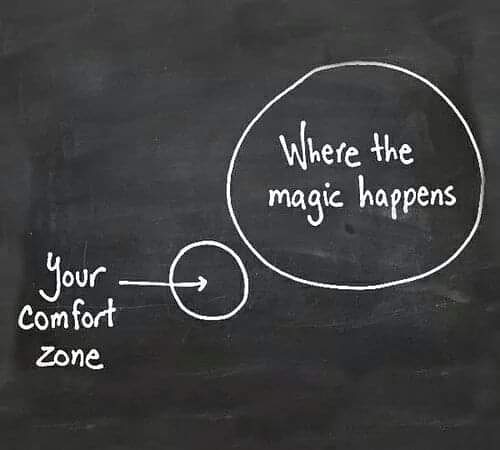
As with the Archiliochos quote, as to “falling to the level of our training,” I have a hypothesis, born from experience, that despite our best intentions, it does not necessarily translate that knowing of a skill will enable us to have more dexterity or skillfulness in a heated moment (of any given exchange in question, where one might prefer to bring NVC to bear, but somehow still neglect to).
So we gather with the aspiration, among other things, to build a dialogic muscle for everyday encounters.
A new monetary system: The NVC Pain Exchange (NVCPE)
by Jeff Brown
“Over my twelve years of learning, practicing and sharing Nonviolent Communication (NVC), I have noticed some common tendencies in NVC communities. With some degree of trepidation (which I will explain in a moment), I suggest that one of these tendencies is what I playfully refer to as the, “NVC Pain Exchange (NVCPE).”
This is a playful variation of the ‘New York Stock Exchange (NYSE),’ a famous entity for trading and valuing stocks, bonds and other financial products.
The NVC Pain Exchange enables and perpetuates groups of people to get together and recycle and exchange pain with each other, all in the name of compassion…”
(continues here)
Conclusion:
Challenges with the NVC Pain Exchange
Another difficulty with the “Pain Exchange” is that while it might be OK if the expressed purpose of a gathering is to offer empathy to each other (e.g. an “Empathy Circle”), it quickly becomes exasperating for people who come to a business meeting where the goal is to get something accomplished.
This is a common challenge in NVC communities, as far as I can tell — people come with different expectations of what will be occurring at a particular gathering.
Some people come with the expectation that empathy will be the primary focus, and that whenever anyone in the group experiences the slightest bit of discomfort about anything, the group stops whatever it’s doing and offers that person empathy.
And then, if another person is triggered, offer them empathy until they “feel better.” Before long, however, the very act of stopping progress in the meeting and offering empathy triggers those who come with the expectation that the focus of the gathering will be forward movement on projects.
And then, we see the breakdown of the meeting, people being in even more pain, and most everyone departing frustrated and discouraged about what happened.
Sometimes, I hear one person say something to the effect of, “Look, we can’t just sit around and offer each other empathy; we need to get some things done here!”
To which another person responds, “But that’s not NVC! That’s just like they do it in corporate America! The reason I came to NVC is because we’re more compassionate than that!”
My trepidation in bringing forward this dynamic that I see is about wanting to be seen for my real intention, and for acceptance.
I fear that people reading this post will have similar reactions as the above example. Something like, “Geez, Jeff is an NVC trainer? He’s not very compassionate. He should be more compassionate to people who are in pain! After all, I’m sure he’s been in pain before. I doubt he would want people analyzing and diagnosing him. He would probably want empathy! What is he trashing empathy for, anyway?”
Assuming that this is actually my inner voice projecting this — which is almost always the case — then I suppose I feel torn about this post and wishing for more understanding and insight into this phenomenon.
Which is why I posted this on a blog… so that you could comment!
So what do you think about what I’ve written here? Anything you’d care to share?
| If you’d prefer more of an empathy buddy, for one-on-one practice, here’s another resource: https://www.orenjaysofer.com/practice-partner. Additional questions? Please don’t hesitate to contact Pamela via streetgiraffes@gmail.com It’s not at all necessary to familiarize yourself with the content of each monthly post, prior to attending the call, however if you’d like to peruse the monthly inquiries you can most easily find a cache (of these ‘inquiring giraffe minds’ type prompts) here: Facebook.com/streetgiraffes | |
Other NVC Learning Venues

If you’re new to NVC:
Say What You Mean: A Mindful Approach to Nonviolent Communication

Oren Jay Sofer’s YouTube Channel
A Mindful Approach to Nonviolent Communication with Oren Jay Sofer
Oren Jay Sofer: How to Use Mindful Communication
Free 30-Day NVC Introductory Course – NVC Academy

4-step practice to Developing Truth Force, or Satyagrha
with Kit Miller
(Courtesy of NVC Academy)
A sangha is a community of friends practicing the dharma together in order to bring about and to maintain awareness. The essence of a sangha is awareness, understanding, acceptance, harmony and love… (continues)
Vanity Fair: [Referencing Microsoft’s CEO, Satya Nadella] “…He has had his executive team read Nonviolent Communication. (The title speaks for itself.)”
Center for Nonviolent Communication:
Learn NVC via Trainings & Practice Groups
See also: International Intensive Trainings.
 More irreverent NVC cartoons: http://anvc.svenhartenstein.de
More irreverent NVC cartoons: http://anvc.svenhartenstein.de
FULL – Nonviolent Communication Workshop – Marshall Rosenberg
Free depiction of how to use the “Matrix” (a tool used on our call):
Listen to an audio tour of Self Assessment Matrix – NVC Academy

“Whether I praise or criticize someone’s action, I imply that I am their judge, that I’m engaged in rating them or what they have done.”
~ Marshall Rosenberg
How to utilize the “iGiraffe” as a heuristic tool:
Nonviolent Communication at the NVC Academy

(Part 1) (Part 2) (Part 3) (Part 4) (Part 5)
NVC Dialogue Lab — NVC Marketplace
(Library requires a subscription; Marketplace a fee)
John Kinyon‘s App (free-of-charge):
“To be a human being is to regularly be in conflict with oneself and others.” ~ Ike Lasater
‘An NVC practice as dustpan & brush…’
– Kit Miller

“The Intention to Connect” Model of NVC (YouTube)
Street Giraffes is a free tele-practice group that gathers on the first Sunday of each month for “dialogue lab” experimentation w/ iGiraffe
(towards building street [giraffe] cred) — in the hopes that by cultivating presence we might enhance our conversational versatility.
For those who are ‘street giraffe(s) veterans’ (i.e. have already participated in our Satsang-esque circle), please click on our [password protected] Meeting Wall page here and then enter the correct ‘open-sesame’/password [to gain direct access to the conference call’s ‘wall’ to join the call, whether by 1) VoIP or 2) dial-in # & pin].
The Practice of Sangha – Lion’s Roar
A sangha is a community of friends practicing the dharma together in order to bring about and to maintain awareness. The essence of a sangha is awareness, understanding, acceptance, harmony and love. When you do not see these in a community, it is not a true sangha, and you should have the courage to say so. But when you find these elements are present in a community, you know that you have the happiness and fortune of being in a real sangha.
In Matthew 5:13 in the New Testament of the Christian Bible, we find this statement: “Ye are the salt of the earth; but if the salt hath lost its savor, wherewith shall it be salted? It is thenceforth good for nothing but to be cast out and to be trodden underfoot of men.” In this passage, Jesus describes his followers as salt. Food needs salt in order to be tasty. Life needs understanding, compassion and harmony in order to be livable…
Street Giraffes’ Tele-practice posts (minimalist):
Facebook.com/StreetGiraffes
& tweets: @streetgiraffes
Pamela’s tweets: @StreetGiraffe
|

